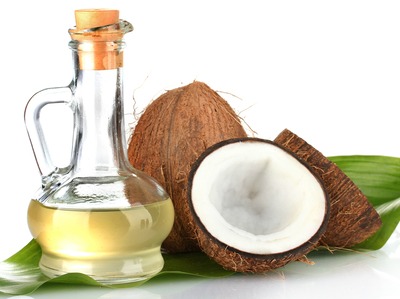Washington, Feb 10: Combination of coconut oil and physical exercise can beat high bold pressure, scientists have claimed.
Coconut oil is one of the few foods that can be classified as a "superfood." Its unique combination of fatty acids can have profound positive effects on health, including fat loss, better brain function and many other remarkable benefits.

Researchers working at the Biotechnology Center at the Federal University of Paraiba in Brazil tested the hypothesis that a combination of daily coconut oil intake and exercise training would restore baroreflex sensitivity and reduce oxidative stress, resulting in reduction in blood pressure.
Their experiments were performed in spontaneously hypertensive rats. They found that both coconut oil and exercise training were able to reduce weight gain compared to rats that were given saline and were not exposed to the exercise training protocol along the 5 weeks of study.
Either coconut oil supplementation or exercise training was shown to reduce blood pressure. However, only combined coconut oil and exercise training were able to bring the pressure back to normotensive values. The reduction in blood pressure caused by the combination of coconut oil supplementation and exercise training might be explained by the improvement of the reduced baroreflex sensitivity and by the reduction in oxidative stress in the serum, heart and aorta.
Dr. Valdir de Andrade Braga, co-author of the study said that finding was important as coconut oil is currently being considered a popular "superfood" and it is being consumed by athletes and the general population who seek a healthy life style. The possibility of using coconut oil as an adjuvant to treat hypertension adds to the long list of benefits associated with its consumption.
The study is published in the journal Applied Physiology, Nutrition, and Metabolism.





Comments
Add new comment